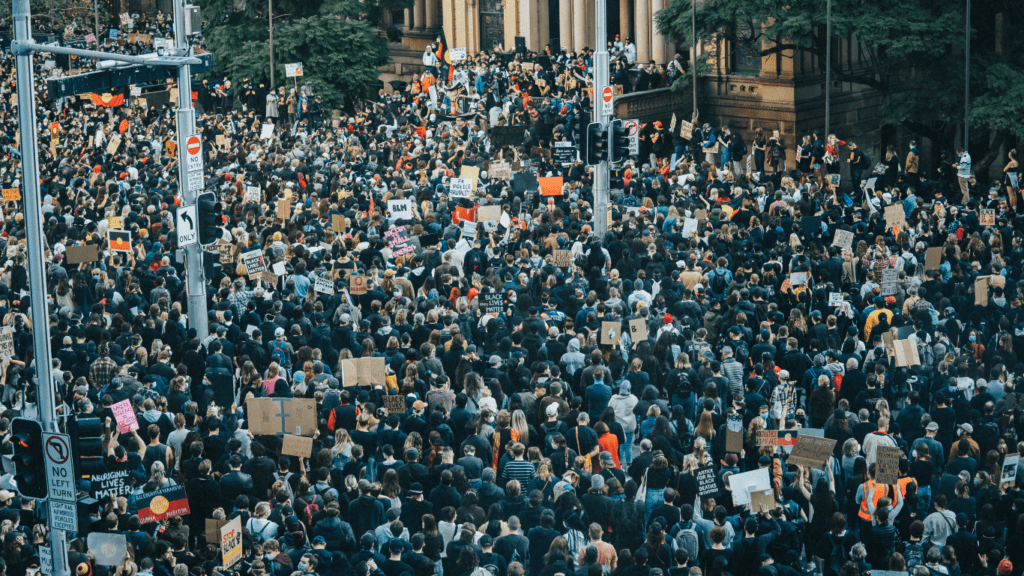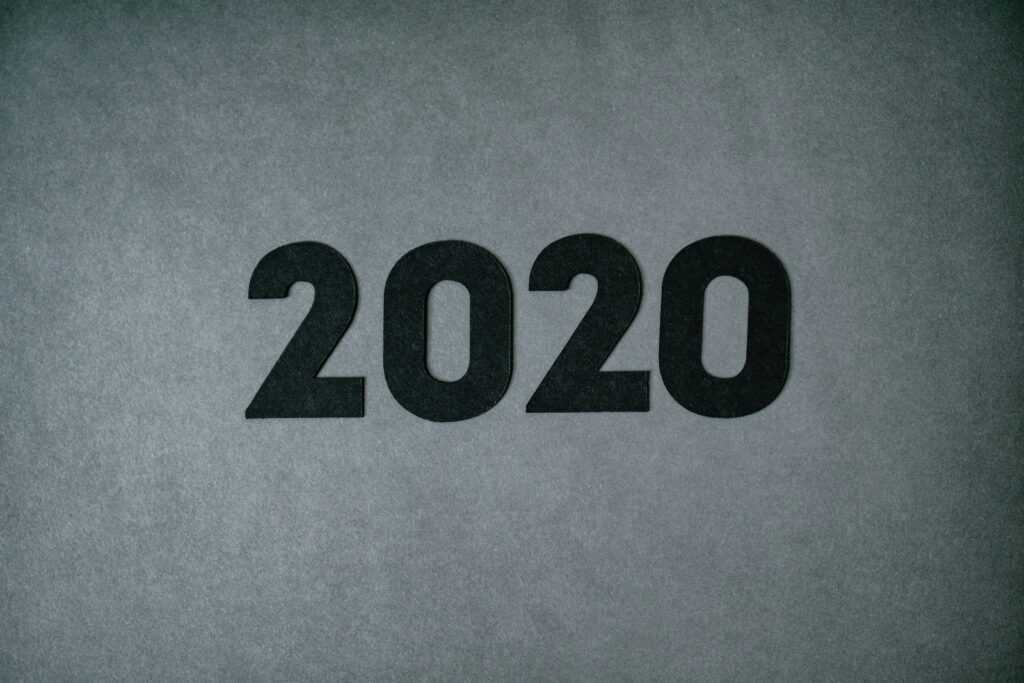Navigating the complex landscape of political unrest and protests in South America can be a daunting task, as the region grapples with a myriad of social, economic, and political challenges. From Venezuela’s ongoing crisis to Chile’s wave of demonstrations, the continent is a hotbed of activism and dissent. As I delve into the heart of these movements, I uncover the driving forces behind the protests and the impact they have on the region’s stability.
Exploring the dynamics of power struggles, inequality, and calls for change, I shed light on the voices shaping the future of South America. With each protest and rally, the people’s demands reverberate through the streets, demanding attention and action. Join me on a journey through the turbulent waters of political unrest in South America, where every chant and banner tells a story of resilience and resistance.
Historical Overview of Political Unrest in South America
Political unrest in South America has deep historical roots, with a significant impact on the region’s contemporary landscape. Over the years, several major incidents have shaped the course of political movements in countries like Chile and Venezuela.
Major Incidents and Their Outcomes
- Chile’s Military Coup: In 1973, Chile witnessed a military coup that overthrew President Allende, leading to decades of authoritarian rule under Pinochet. The aftermath of the coup resulted in widespread human rights violations, political suppression, and social unrest.
- Venezuela’s Political Crisis: Venezuela experienced a political crisis in the late 20th and early 21st centuries, marked by economic instability, corruption, and social polarization. The outcomes of this crisis included hyperinflation, mass emigration, and a severe humanitarian crisis affecting millions of Venezuelans.
- Bolivian Water War: The Bolivian Water War in 2000 was a pivotal moment in the country’s history, as citizens protested against water privatization, leading to its eventual reversal. This movement highlighted the power of grassroots activism in challenging neoliberal policies and promoting social justice.
- Chilean Student Protests: The Chilean student protests of 2011 brought attention to education inequality and triggered a national debate on educational reform. These protests led to significant policy changes, including increased state funding for education and efforts to make higher education more accessible.
These incidents and movements illustrate the enduring legacy of political unrest in South America and the ongoing struggles for social justice, economic equality, and political reform.
Key Causes of Political Protests
Economic Factors
I’ll delve into the economic factors that often fuel political protests in South America. Issues such as high inflation rates, unemployment, and unequal wealth distribution can create dissatisfaction among the population, leading to widespread demonstrations. Countries like Venezuela have experienced severe economic crises, with hyperinflation and a sharp decline in living standards triggering mass protests.
Social Inequality
Social inequality is a significant driver of political unrest in South America. Disparities in access to basic services, education, and healthcare can exacerbate tensions within society. The lack of opportunities for marginalized communities can fuel resentment and spark protests demanding greater equality and social justice. The protests in Chile in 2019, known as the “Chilean Spring,” were a response to deep-rooted social inequalities and sparked calls for systemic change.
Corruption and Governance Issues
Political corruption and governance failures are rampant across South America and often serve as a catalyst for protests. When citizens perceive their leaders as corrupt and self-serving, they are more likely to take to the streets in protest. The Odebrecht scandal, which implicated numerous high-ranking officials in bribery and money laundering, triggered public outrage and protests across several countries in the region. Addressing corruption and improving governance are crucial steps towards mitigating political unrest in South America.
Impact of Protests on Society and Politics

Political unrest and protests in South America have had a profound impact on society and politics in the region.
Changes in Legislation and Policy
Protests in South America have frequently led to significant changes in legislation and policy. For example, the mass demonstrations in Chile in 2019 resulted in the government announcing a referendum to draft a new constitution to replace the one dating back to the era of Pinochet. Similarly, in Venezuela, protests have pushed for reforms to address issues of corruption and political repression, albeit with varying degrees of success.
Impact on Civil Liberties
The protests in South America have also had tangible effects on civil liberties. In countries like Bolivia, mass demonstrations have been instrumental in safeguarding democratic principles and preventing authoritarian backsliding. Additionally, public pressure stemming from protests has often compelled governments to respect freedom of speech and assembly, vital components of a functioning democracy.
Current Hotspots and Ongoing Protests
Countries with Significant Unrest:
- Venezuela – In Venezuela, ongoing political instability has led to widespread protests against government corruption and economic turmoil. Demonstrators demand political reforms and humanitarian aid amid a deepening crisis.
- Chile – Chile has been grappling with social unrest fueled by economic inequality and dissatisfaction with the government. Protests have centered on issues such as healthcare, education, and pensions, calling for structural changes.
- Bolivia – Bolivia has seen political unrest following controversial elections and allegations of electoral fraud. Protests have erupted, with citizens advocating for transparent governance and respect for democratic processes.
Predictions and Future Trends:
- The future of political unrest in South America remains uncertain, with varying degrees of discontent and activism across different nations. Continued protests are likely as citizens push for change and accountability from their governments.
- Economic disparities, social inequality, and governance issues are expected to continue driving political protests in the region. The demand for reform and fair representation is likely to fuel social movements and demonstrations.
- International attention and support for protesters in South America may increase, shaping the outcomes of ongoing conflicts and influencing government responses to demands for change. Solidarity from global communities could impact the trajectory of political movements in the region.


